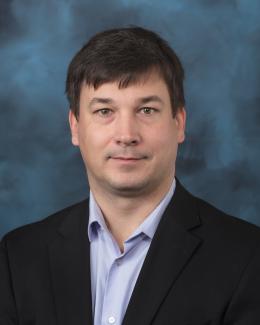Abstract
The study of lipid molecular fossils by traditional biomarker analysis requires bulk sample crushing, followed by solvent extraction, and then the analysis of the extract by gas chromatography-mass spectrometry (GC–MS). This traditional analysis mixes all organic compounds in the sample regardless of their origins, with a loss of information on the spatial distribution of organic molecules within the sample. These shortcomings can be overcome using the chemical mapping of intact samples. Spectroscopic techniques such as UV fluorescence or Raman spectroscopy, laser ablation inductively coupled plasma mass spectrometry, and time-of-flight secondary ion mass spectrometry (ToF-SIMS) are among those elemental and molecular mapping techniques. This study employed femtosecond (fs) laser ablation combined with single-photon ionization, a method called fs-laser desorption postionization mass spectrometry (fs-LDPI-MS). A pulsed ∼75 fs, 800 nm laser was used to ablate the geological sample, which was then photoionized after a few microseconds by a pulsed 7.9 eV vacuum ultraviolet laser. An organic carbon-rich geological sample was used for this study to map hydrocarbon biomarkers in sediments that were previously studied by GC–MS. The petrography of this sample was examined by optical and fluorescence microscopy. It is demonstrated here that fs-LDPI-MS combined with petrography for multimodal imaging can expose buried compounds within the sample via in situ layer removal. When used in conjunction with traditional organic geochemical analysis, this method has the potential to determine the spatial distribution of organic biomarkers in geological material. Finally, fs-LDPI-MS imaging data are compared with ToF-SIMS imaging that is commonly used for such studies.


